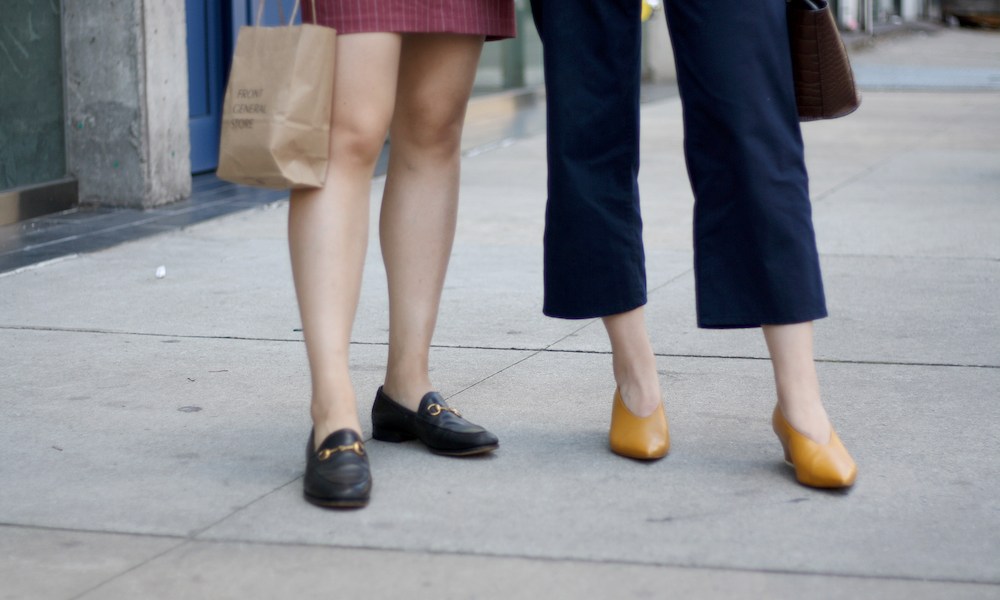In the fashion industry, sustainability has always been a big issue. Yet only recently, this issue really got the media exposure and recognition it deserves. High rates of pollution and emissions are causing the well-being of our planet to decline, and the fashion industry accounts for extreme amounts of that pollution. In addition, the industry contributes huge amounts of excess and overproduction.
the issue in the industry
Each year, production plants produce 150 trillion clothing items and emit 2.1 billion tons of CO2, as recorded by Forbes. Consequently, 2.5 trillion pounds of used clothing ends up in landfills every year.
According to Business of Fashion, the fashion industry is the most polluting industry globally, second only to oil. “It can take more than 20 thousand liters of water to produce 1 kilogram of cotton, equivalent to a single T-shirt and pair of jeans. Up to 8 thousand different chemicals are used to turn raw materials into clothes, including a range of dyeing and finishing processes.”

taking action
Consequently, designers are starting to realize the environmental detriment the industry has created over the past decades. Some have been making efforts to raise awareness to the issue and make changes within their brands and production methods.
Stella McCartney shot her fall/winter 2017 campaign on a landfill site in Scotland. The idea showed the amount of waste we create. “Our man-made constructed environments are disconnected and unaware of other life and the planet, which is why there is waste.” The campaign is a visualization of the effects of overconsumption we don’t really see.
Vetements, a brand famous for capitalizing on commercially-popular icon branding (remember the $300 DHL T-shirt?), set up a concept campaign in the Saks Fifth Avenue windows. During July and August, piles of clothes in the windows created a visual statement regarding overconsumption.
In addition, Marie Claire recently did its first-ever sustainability issue and H&M made a carbon-positive pledge. Viktor & Rolf’s last two collections were created using only up-cycled deadstock materials. The effort towards exposure and visibility of this issue toward both the industry leaders and consumers is having a catalyst effect. It’s spurring the discussions and actions that will continue to create awareness.
what should we do?
On the consumer end, there are a plethora of new brands that have been making an effort towards sustainable fashion. The Swedish brand Filippa K scrutinizes every level of production. They use recycled materials without dyes for their Front Runners collection. I really like this red knit from Stella McCartney and these camel-colored high-waisted pants. Alternative Apparel uses eco-friendly material and low-impact dyes, like in this sweatshirt.
In addition, e-commerce sites like Maison-de-Mode partner only with sustainable brands. There are also plenty of vintage stores all over to browse through. Instagram accounts like @courtyard_la sell vintage clothing and in addition, are even starting to create their own pieces. They advocate the importance of fair wages and transparency. Overall, the sustainability movement in fashion is really gaining traction. The future looks much more promising now more than ever in the way brands approach production.
How are you being sustainable? Show us on social media, and don’t forget to tag @Cfashionista!
Featured photo by Lex Kelly.

